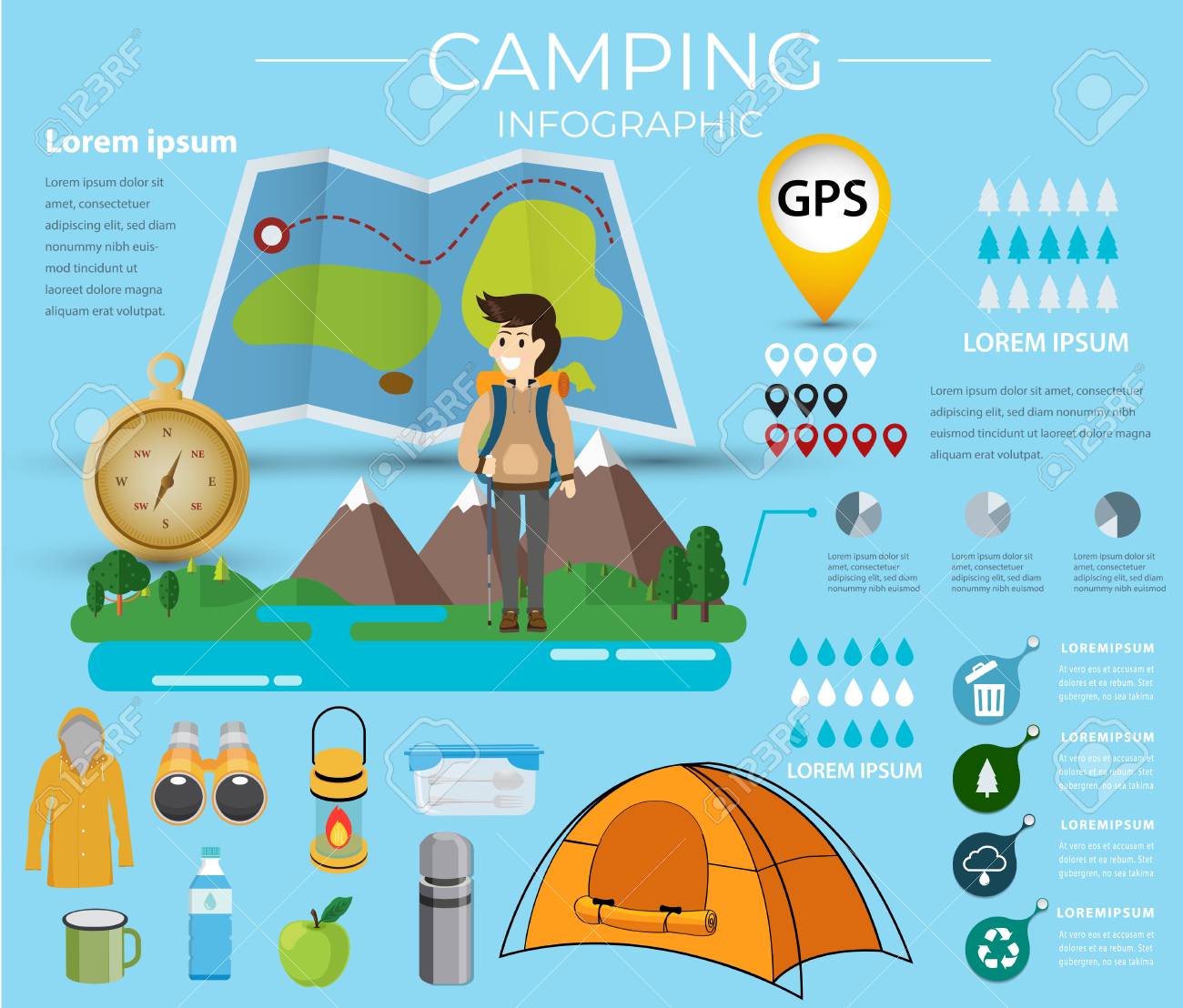Several backpackers select interior frame loads for their streamlined and form-fitting style. Their shape helps maintain the weight better to your body, enhancing stability on harsh tracks or off-trail rushing.
They additionally do not expose as much of the pack to the environment-- a plus if you plan on bushwhacking and need to prevent sharp branches that can grab equipment.
Weight Circulation
While internal frame packs are much more prominent than exterior structure knapsacks for most hikers, external frameworks continue to be a staple for lengthy explorations and heavy tons. They are made to disperse the weight of your equipment across your shoulders, back, and hips for maximum convenience.
They have big voids in between the pack bag and the structure for ventilation which allows air to flow over your back while hiking. They are good for hot weather hikes and for hikers who wish to minimize sweating versus their backs.
On the drawback, externals often tend to rest farther away from your upper body so you'll need to lean ahead a lot more while treking, which can be tough on your back and knees over expanded trips. The revealed frame also indicates that your backpack may get caught on rocks, roots, or other obstacles as you scramble along trails or duck under blow downs on coastal headlands. They also tend to be more expensive than internal frame packs.
Ventilation
Exterior structure knapsacks rest farther away from your torso, which increases airflow and minimizes sweat factor on your back. Internal structures, however, hug your body, which can lead to poor air flow and a boosted risk of warm stroke on warm days.
It's additionally essential to think about whether your layout criteria is based upon un-adapted individuals (initial entering the area), or adapted ones (people that have been in the room for time). The air flow rates may be different in between these 2 circumstances.
Furthermore, exterior structure packs transfer load to your hips, which enables you to take on an upright walking position and are excellent for route walking. They are not, nonetheless, great for clambering because of their top-heavy designs.
Adjustability
While it might seem as though internal structure packs have won the day in terms of pack option and advancement, externals do provide some benefits. A huge draw is the ability to band gear straight to the pack framework, offering adaptability for varying the dimension of the tons and improving access. Lots of external structure packs also include a wide range of smaller sized outer pockets to assist arrange equipment, with access to the major compartment usually coming through the top of the packbag.
This enables the user to far better control their lots weight, decreasing stress and anxiety on the shoulders and neck. They likewise permit the individual to maintain the pack better to the body, which boosts stability on sturdy trails and when clambering off trail.
Convenience
For those who have a narrower upper body or hip dimension, the outside structure design might feel a lot more snug than interior versions. This close fit reduces the quantity of space for gear and can make it hard to protect items safely without impacting access to the bag materials.
Thankfully, this tighter fit is much less of an issue in contemporary inner frame loads thanks to the many flexible suspension systems offered. And also, the gap in between the structure and packbag allows air to distribute, reducing sweating.
This likewise makes the inner frame suitable for technological walks that require security and dexterity when navigating tough tracks and off-trail clambering. While the choice of exterior frame backpacks has actually been decreasing throughout the years, they are still the best choice for numerous outside fanatics due to their toughness and ability. However, for those insulation who desire one of the most comfy hiking experience we recommend opting for an inner frame model that is sized correctly to your upper body and hips.
